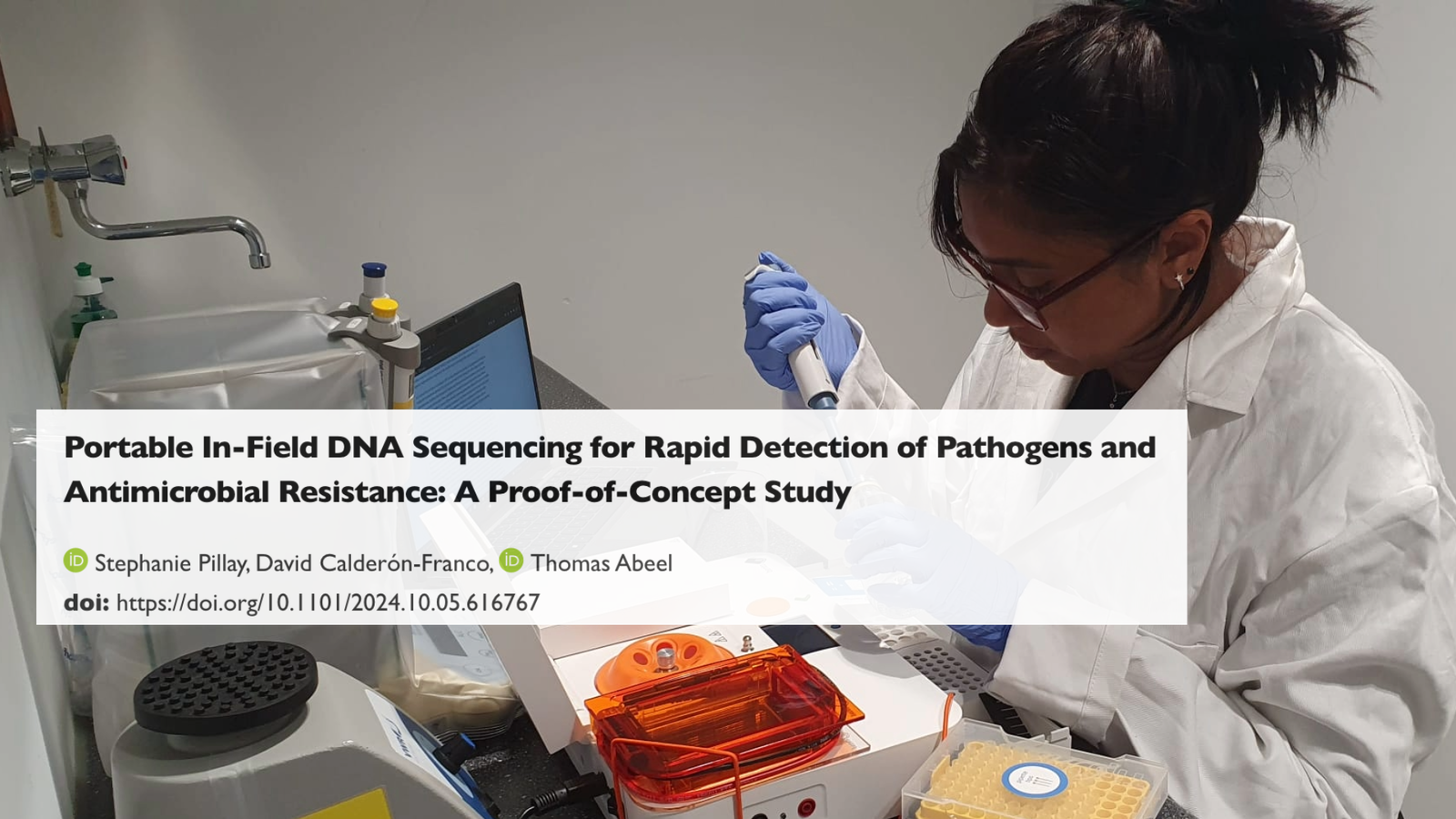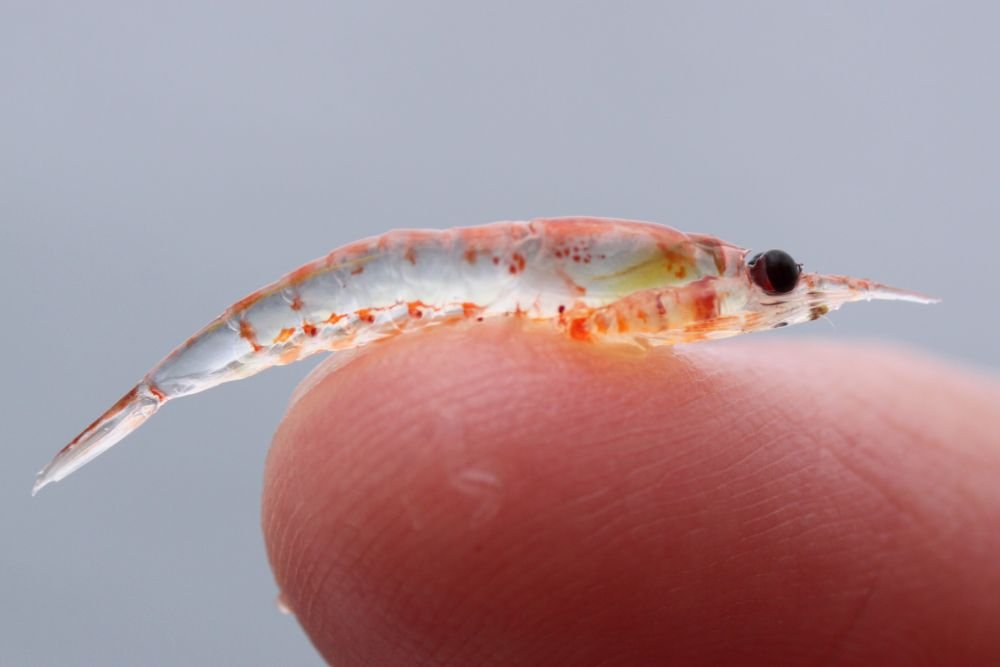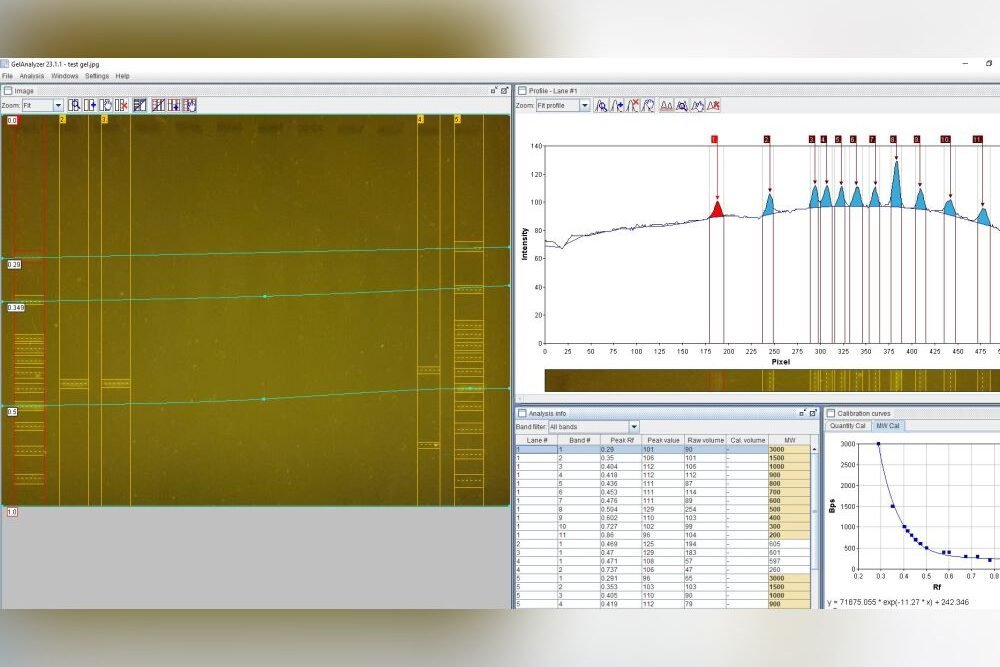Hey PCR enthusiasts,
Here are the latest updates from Bento Lab!
Bento Lab in the Field
PolBOL, the Polish Barcode of Life project
We were delighted to see the Polish Barcode of Life project using two Bento Labs in their “Biodiversity under your feet” workshop for Tatra National Park, as part of a Biodiversity Genomics Europe citizen science work package.
It’s great to see Bento Labs being used to help promote citizen science and to advance knowledge of biodiversity around the world!
You can check out their post on Twitter/X, and see if you can spot their Bento Labs:
@theBentoLab used in our “Biodiversity under your feet” workshop organised by @POLBOLnode @kzbih_ul for @Tatrzanski_PN within @BioGenEurope citizen science workpackage! Great experience and a lot of fun and interest from the park rangers 😀 Oct 10, 2023
You can find out more about the Polish Barcode of Life project, which is run from the Department of Invertebrate Zoology and Hydrobiology at the University of Lodz, on their website here. Discover more about the majestic Tatra National Park from their Wikipedia page here. And find out more about Biodiversity Genomics Europe here.
Papers We Love:
iDNA — Invertebrate-Derived DNA
Invertebrates such as flies are very efficient collectors of vertebrate DNA from blood, faeces, and dead carcasses. This DNA is called iDNA (invertebrate-derived DNA). iDNA can be used as a convenient way of surveying for vertebrate species using DNA metabarcoding, and to study the community ecology of vertebrates and invertebrates.
A great example of the potential of iDNA is provided by Srivathsan et al. (2022). The authors collected iDNA from flies close to a forest roadside in Singapore; developed a simple and rapid method of extracting iDNA from fly regurgitate and faeces; amplified it using direct PCR; and barcoded it using Illumina and Oxford Nanopore MinION metabarcoding.
The team detected a number of animals from iDNA, including critically endangered species such as the Sunda Pangolin and Raffles’ Banded Langur. By barcoding each fly individually, they were also able to uncover the relationships between fly species and the vertebrate species detected from iDNA. Finally, the team demonstrated that Illumina and portable MinION metabarcoding methods gave similar results, opening up the possibility of this method being even more portable and widely used in the future.
You can read the article here:
You can also watch how their workflow works in this great video on Twitter/X here!
Methods and Techniques
Single-Tube Nested PCR
Nested PCR is a very popular and powerful technique designed to increase the sensitivity and specificity of PCR. It uses two PCRs: an initial PCR with one set of primers, and then a second PCR using the PCR product of the first PCR plus a second set of primers that bind within the previously amplified DNA fragments (i.e. they are “nested” inside the region targeted by the previous primer binding sites). Running two PCRs in succession allows the PCR to be enormously sensitive, while the use of nested primers increases specificity and avoids the non-specific amplification that would usually occur over more than 35 PCR cycles. You can find out more about nested PCR on Wikipedia here.
However, a major disadvantage of nested PCR is that opening up the PCR tubes between the first and second PCRs can increase PCR contamination. This can be a major problem when working with the very low concentration DNA applications that benefit from nested PCR.
We’d like to highlight two very ingenious methods of doing nested PCR that don’t involve any opening of tubes, i.e. single-tube nested PCR. The first method allows you to use any nested primers without designing new ones, but is less convenient to use; while the second method is more convenient to run but may require designing or sourcing some very specific high annealing temperature primers.
Method 1: Spatially separate the primers in the same tube
This method spatially separates the nested primers for the second PCR by drying them onto the lid of the PCR tube beforehand, together with a blue indicator dye (e.g. loading dye), to form a blue spot. After the first PCR, the PCR tubes can be shaken to mix in the second set of primers until the blue spot disappears, and the second PCR can then be run as normal. The primer concentration for the first PCR should be 1/10th or lower of that of the nested primers to ensure that they are mostly used up and don’t compete with the nested primers.
This method comes from Abath et al. (2002), and it allowed the amplification of as little as 1 femtogram of Schistosoma DNA in a single tube, compared to 1 picogram of DNA in their conventional PCR — a 1000x difference in sensitivity! You can read the article here:
A more recent example can be found below, also demonstrating similar success and sensitivity:
Method 2: Thermally separate the primers in the same PCR mix using different annealing temperatures
Design the PCR programs and primers so the annealing temperature of the first PCR and its primers is 10 °C higher than in the second PCR and its nested primers. This means that the nested primers are not able to bind to the DNA in the first PCR due to the high annealing temperature, but are able to bind in the second PCR when the first set of primers are depleted and a lower annealing temperature is used. Again, it is essential to use a very low concentration of primers in the first PCR, e.g. 1/10th of that used in the second nested PCR, to ensure they are depleted in the second PCR.
The method is still commonly used today in many different variations. Below is a great recent study that aimed to optimise this method even further, and to highlight some of the issues that can be encountered with single-tube nested PCR:
If these methods are useful to you, please let us know!


